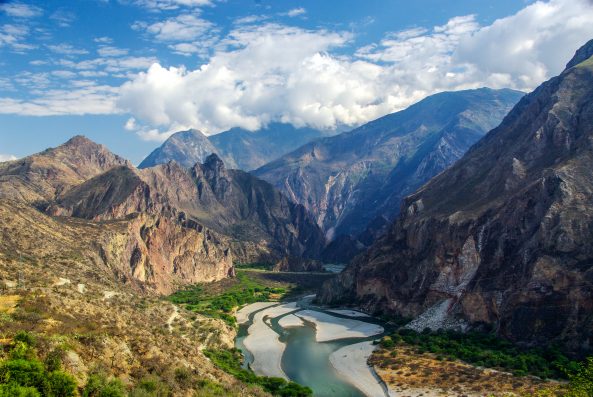A Team Of Archaeologists Recently Discovered Seven Ancient Tombs Belonging To Elite Individuals In Peru

In Peru, archaeologists discovered seven ancient tombs belonging to elite individuals. The graves are located at the Pallawcha Pampa archaeological site, which is deep in the Peruvian Andes mountains in the Vilcas Huamán province of the Ayacucho area.
A team from the National University of San Cristóbal de Huamanga (UNSCH) discovered the tombs. According to researchers, the human remains found in the tombs are around 2,900 years old and predates the Wari culture, also called the Huari.
Roughly between A.D. 500 and 1000, the Wari had a thriving pre-Hispanic civilization set in the south and central areas of the Andes and the coastal regions of what is now known as Peru.
This civilization existed before the Inca empire was established and was the most significant pre-Hispanic culture in the area that comprises the Ayacucho region of today.
The head of the UNSCH team, Edison Mendoza Martínez, revealed that important figures of that time period were buried in the tombs. He referred to them as “the Lords of Vilcas Huamán.”
At the surface level of the site, archaeologists came across three mounds that were ringed by terraces, and those terraces were held up by large stone walls. In addition, the team also found a bunch of broken ceramic pieces strewn about.
Central Two, the name given to one of the mounds, was of particular interest to researchers since it contained the most archaeological finds. At this mound, excavations uncovered a circular structure and multiple holes with slabs layered over them.
Mendoza Martínez stated that after digging further, they found more tombs, only these had several people buried in them instead of single individuals.
Funerary objects, such as rings, gold feathers, and metal needles, were noted at the site, indicating that the graves belonged to an affluent group. Furthermore, the discovery of intricate architecture showed proof of a later occupation of the area by the Wari.

Karel – stock.adobe.com- illustrative purposes only
What follows next will be a DNA analysis conducted by researchers to figure out whether the individuals in the tombs are from the same bloodline and to confirm the date of their deaths.
If true crime defines your free time, this is for you: join Chip Chick’s True Crime Tribe
How To Decorate Your Home In The Art Deco Style
Sign up for Chip Chick’s newsletter and get stories like this delivered to your inbox.
More About:News